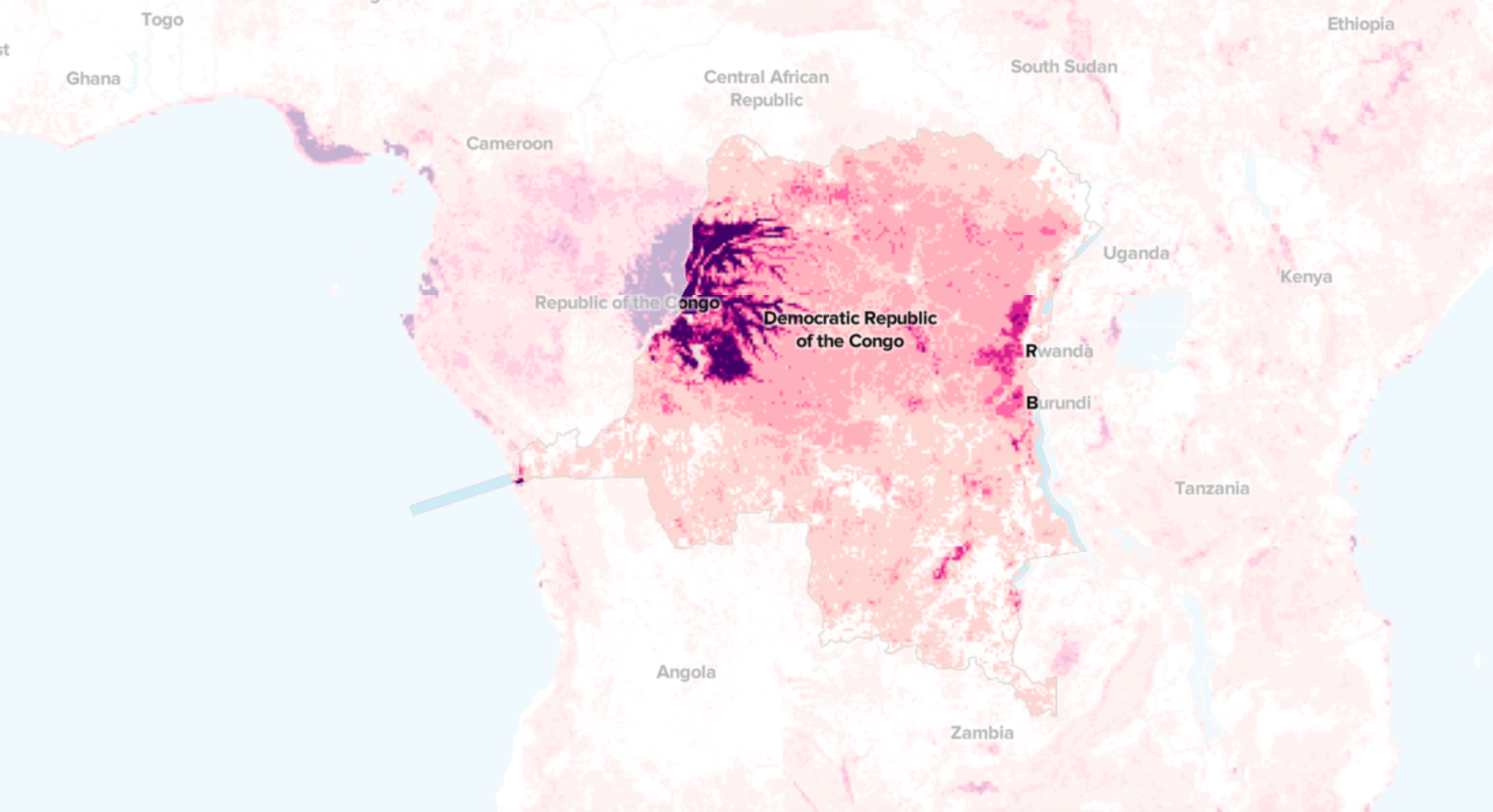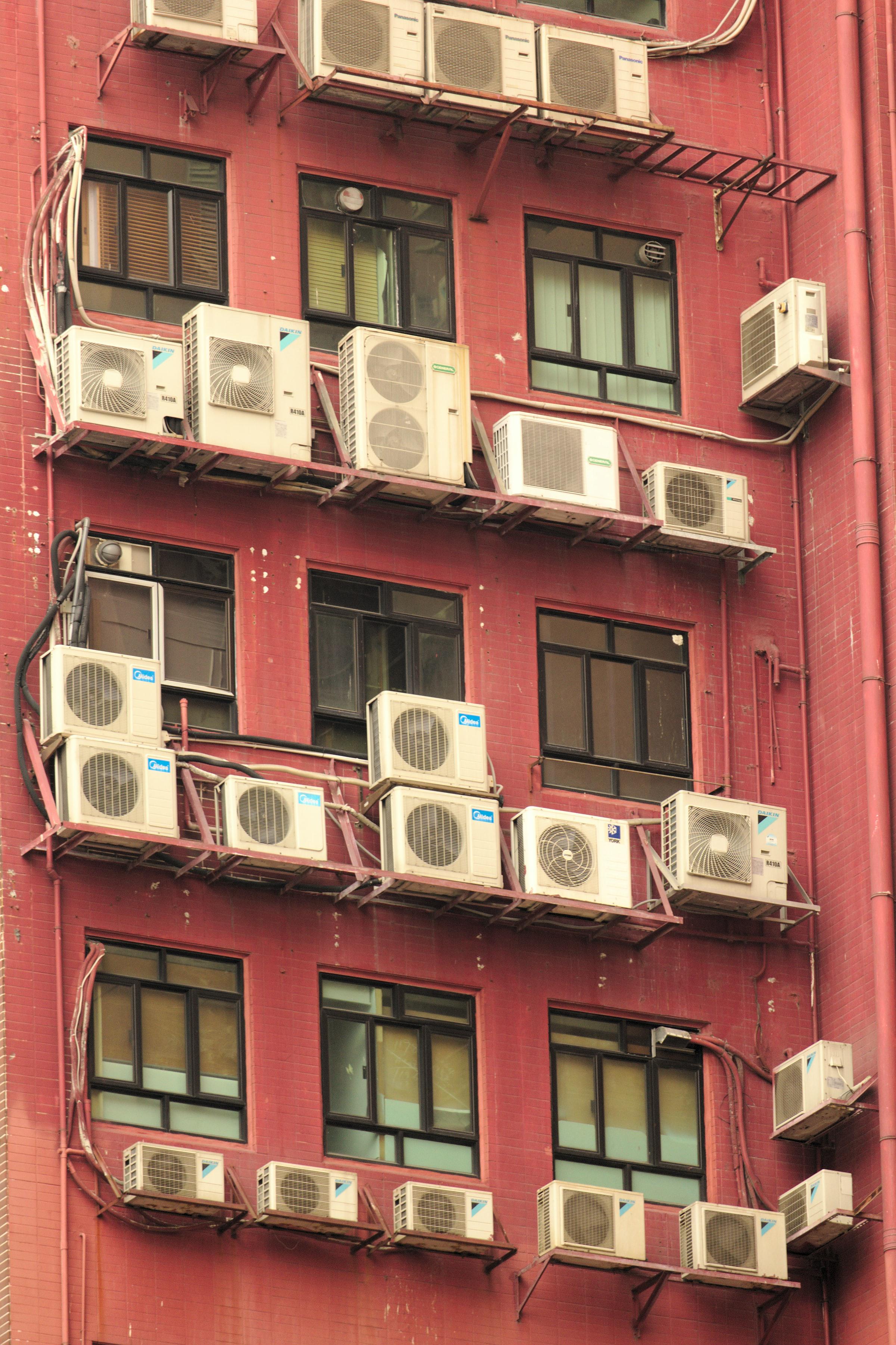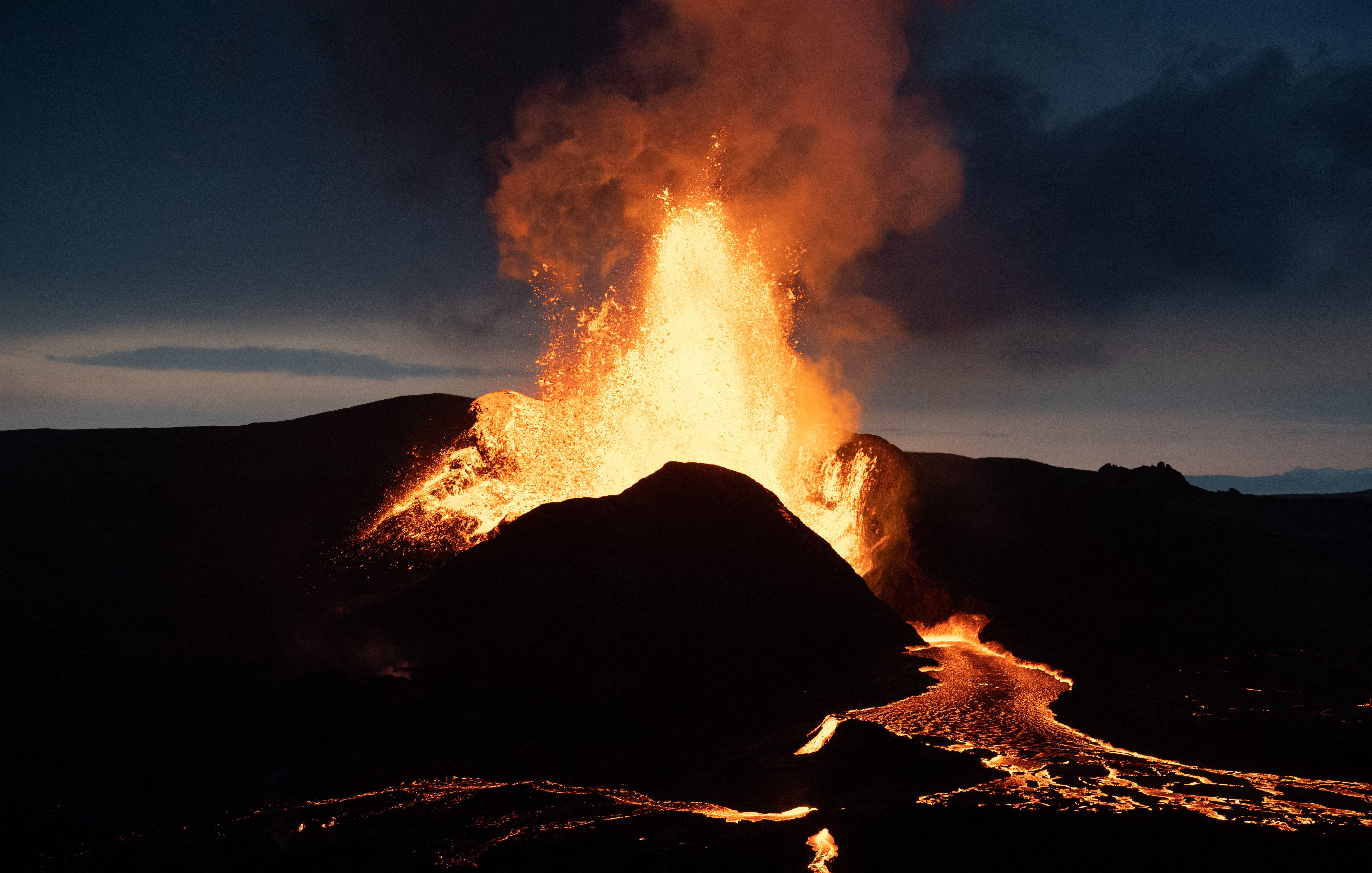Irrecoverable carbon: Don’t touch the world’s vital carbon sinks

- If we want to avoid a climate catastrophe, we have a limited carbon budget to spend.
- It is not just emissions from cars or factories that we should be worried about.
- Carbon released from natural ecosystems is a problem. These maps show how we can solve it.

There’s so much more to the ground beneath our feet than just dirt — for instance, gigatons of carbon locked away in forests, peatlands, and mangroves.
This map shows you where. The darker the area, the more irrecoverable carbon there is. If we want to limit global warming to +1.5° C above pre-industrial levels, that carbon needs to stay there. That means no farming, no burning, no building. The good news: half of the irrecoverable carbon is concentrated on just 3.3% of the world’s landmass, making it easier to preserve. The bad news: Have you seen how we treat this place?

Like “unburnable reserves” (for fossil fuel resources that should remain untouched), “irrecoverable carbon” is a fairly new but rather critical concept in climate change studies. It describes the amount of carbon currently tied up in ecosystems worldwide that we have the capacity to preserve. If that carbon would be released as CO2, those ecosystems would take many decades — or even centuries — to reabsorb the same amount of carbon. They would certainly not be recoverable by 2050, hence the name.
That is not a random date: The half-century mark is when, according to the Paris Agreement of 2015, we are supposed to hit net-zero emissions. Below is how that irrecoverable carbon ties in.

- Since the start of the Industrial Revolution, humanity has added about 651 gigatons of carbon (GtC) to the atmosphere, already causing a rise in the average global temperature of +1.07° C. (One gigaton is one billion tons.)
- If global warming continues unabated, we are headed for catastrophic climate change. This year’s fires and floods will seem like an insignificant amuse-bouche by comparison. To avoid the worst excesses of climate change, we have to keep global warming below +1.5° C (or, at a stretch, +2° C).
- To have a two-thirds chance of staying below +1.5° C, we have to achieve net-zero by 2050. Our remaining carbon budget until then is 109 GtC. (For the riskier target of +2° C, our remaining budget is 313 GtC).
- To get to that first target, we must halve our CO2 emissions each decade. But while most efforts focus on emissions from transport and industry, irrecoverable carbon is often not included in the considerations.
- And yet, Earth’s ecosystems contain around 139 gigatons of irrecoverable carbon (57% in plants and trees and 43% in soil, mainly peat). If all those gigatons are released, simple math shows that all other efforts to remain below +1.5° C are doomed.

While releasing all irrecoverable carbon would require the sort of concerted global effort that we humans are so demonstrably bad at, enough of the stuff is being transformed into greenhouse gas to be a cause for worry. To be precise, we released four gigatons between 2011 and 2019, mainly through logging, farming, and wildfires. That’s an average emission of just under 0.5 GtC per year. At that rate, at least 10% of the global stock of irrecoverable carbon would be gone by 2050, reducing our CO2 budget by close to 14 GtC.
So, how do we keep as much as possible of the remaining 139 GtC in the ground? First, by knowing where it is. This map, part of a study commissioned by Conservation International, shows how irrecoverable carbon is concentrated in a few parts of the world, notably:
- The Amazon in South America (31.5 GtC)
- Borneo and other islands in South East Asia (13.1 GtC)
- The forests and peatlands of western Siberia and eastern Canada (12.4 GtC)
- The Congo Basin in Central Africa (8.2 GtC)
- The Pacific Northwest in North America (5 GtC)
- Mangroves and wetlands around the world (4.8 GtC)

In fact, half the irrecoverable carbon in the world is found in areas that add up to just 3.3% of the world’s total landmass, or about 1.9 million sq mi (4.9 million sq km) — roughly equivalent to two-thirds of the continental United States.
That degree of concentration means that targeted conservation efforts can have a meaningful effect on keeping irrecoverable carbon locked in place, especially since large swathes of carbon-dense zones are already well-positioned. Just over a third (33.6%) of irrecoverable carbon is located on land managed by local communities and indigenous peoples, who have millennia of experience in sustainably managing their environment. Strengthening their rights should be part of securing the carbon in their environment.

An additional 23% of the areas rich in irrecoverable carbon enjoy some other kind of state protection. Obviously, that share varies greatly per country. In Guyana, 10.4% of the nation’s mass of irrecoverable carbon lies in protected areas. In Gabon, that share is 23.2%; in Cambodia, no less than 42.3%.
There is an 8.3% overlap between both categories, meaning that, globally, almost half of all irrecoverable carbon currently enjoys some kind of protection. Providing protective status to an additional 5.4% of the Earth’s land surface (about 3 million sq mi or 8 million sq km) would raise that share to 75%.
That could be an additional push for the “30 by 30” initiative, in which countries pledge to help protect at least 30% of the Earth’s land and oceans by 2030. As part of this initiative, about 70 countries at the recent COP26 climate conference in Glasgow, including Brazil, China and the U.S., pledged to halt deforestation by that same year.

But don’t let all these maps, percentages, plans, and pledges make you too complacent about the prospect of avoiding catastrophic climate change. Not included in this overview is the amount of carbon that humans have no control over, like the huge reserves locked away in Arctic permafrost, slated to be released by global warming itself — 18 GtC, by some accounts.
Also, protected status is not a panacea. Adding up all the protected areas that were recently opened to mining, drilling, and other heavy industries in 75 countries around the world yields a territory the size of Mexico. If we don’t step up, climate change itself may become irrecoverable.
For more on this, check out Conservation International’s page on irrecoverable carbon, and Nature’s recent article on the same topic.
Strange Maps #1119
Got a strange map? Let me know at strangemaps@gmail.com.
Follow Strange Maps on Twitter and Facebook.





